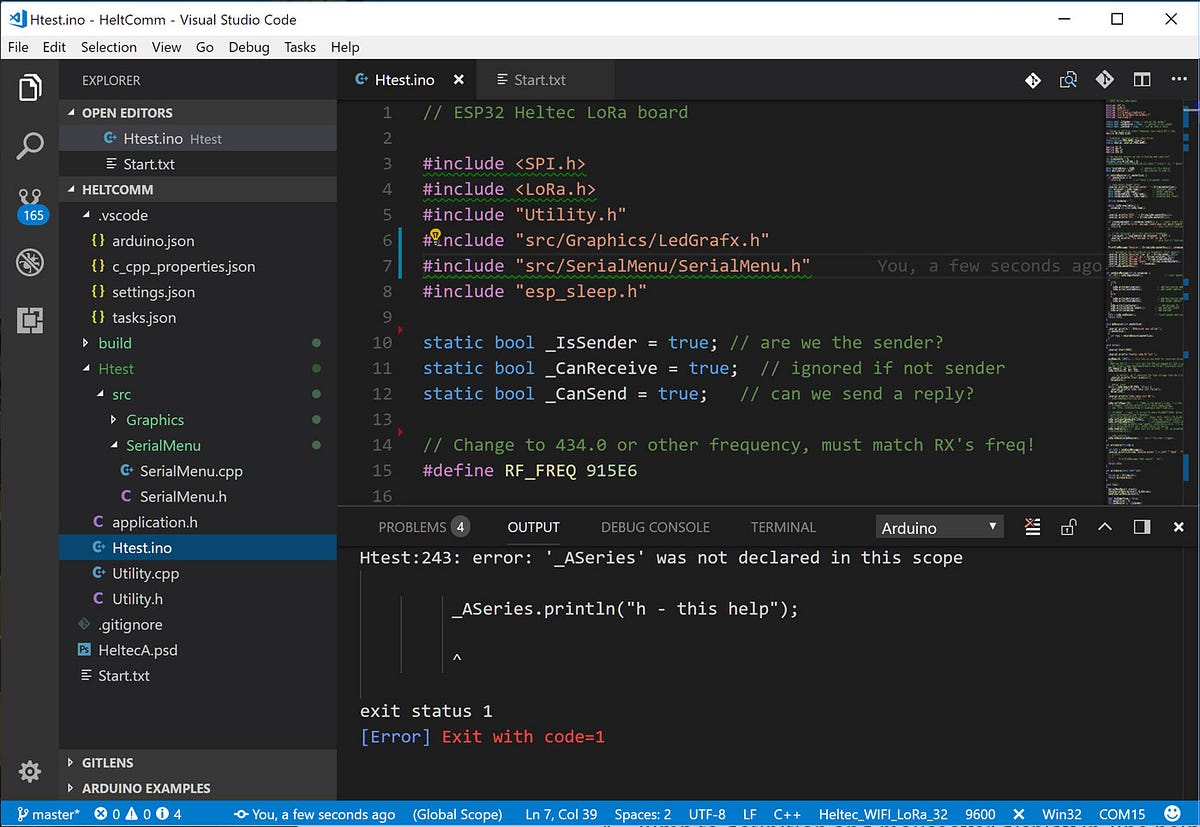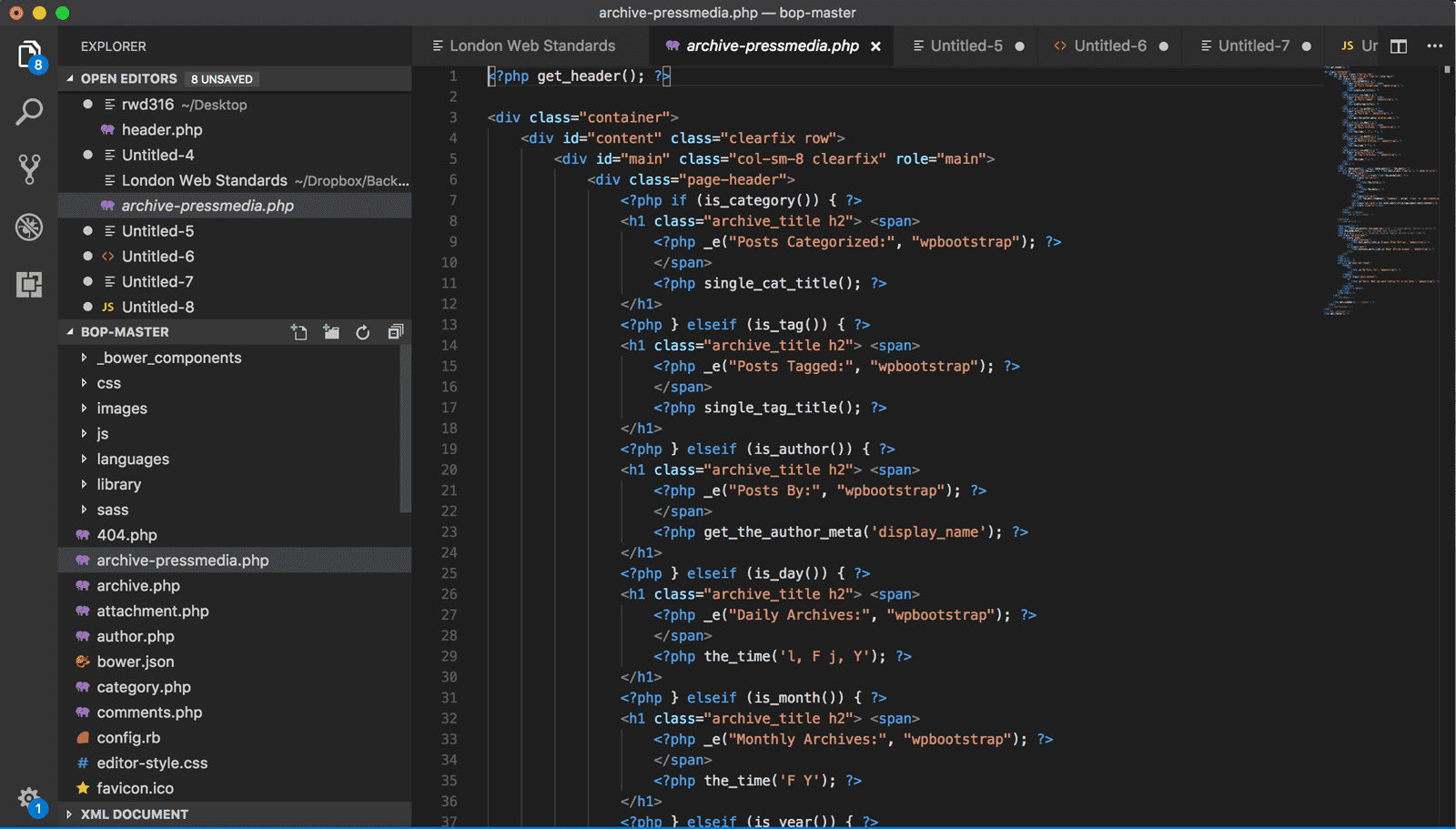- Android Basics
- Android - User Interface
WebView Example In Android Studio: Here in this WebView example we show the use of web view in our application. To do that we display two buttons one is for displaying a web page and other is for displaying static HTML data in a web view. Below is the final output, download code and step by step explanation: Download Code? The WebView2APISample is an example of an application that embeds a WebView within a Win32 native application. It is built as a Win32 Visual Studio 2019 project and makes use of both C and HTML/CSS/JavaScript in the WebView2 environment. This example demonstrates how do I create a WebView in android app. Step 1 − Create a new project in Android Studio, go to File ⇒ New Project and fill all required details to create a new project. Step 2 − Add the following code to res/layout/activitymain.xml.
- Android Advanced Concepts
- Android Useful Examples
Windows phone, Android, and iOS). The code sharing concept is used in Xamarin, basically. The Xamarin Studio is available in Visual Studio also. The WebView Control is used to view the web pages in Android apps. Visual Studio 2015 Update 3; The following steps are needed to be followed in order to create a WebView Control in.
- Android Useful Resources
- Selected Reading
WebView is a view that display web pages inside your application. You can also specify HTML string and can show it inside your application using WebView. WebView makes turns your application to a web application.

In order to add WebView to your application, you have to add <WebView> element to your xml layout file. Its syntax is as follows −
In order to use it, you have to get a reference of this view in Java file. To get a reference, create an object of the class WebView. Its syntax is −
In order to load a web url into the WebView, you need to call a method loadUrl(String url) of the WebView class, specifying the required url. Its syntax is:
Apart from just loading url, you can have more control over your WebView by using the methods defined in WebView class. They are listed as follows −
| Sr.No | Method & Description |
|---|---|
| 1 | canGoBack() This method specifies the WebView has a back history item. |
| 2 | canGoForward() This method specifies the WebView has a forward history item. |
| 3 | clearHistory() This method will clear the WebView forward and backward history. |
| 4 | destroy() This method destroy the internal state of WebView. Roblox asset downloader working. |
| 5 | findAllAsync(String find) This method find all instances of string and highlight them. |
| 6 | getProgress() This method gets the progress of the current page. |
| 7 | getTitle() This method return the title of the current page. |
| 8 | getUrl() This method return the url of the current page. |
If you click on any link inside the webpage of the WebView, that page will not be loaded inside your WebView. Winzip 5. In order to do that you need to extend your class from WebViewClient and override its method. Its syntax is −
Example
Here is an example demonstrating the use of WebView Layout. It creates a basic web application that will ask you to specify a url and will load this url website in the WebView.
To experiment with this example, you need to run this on an actual device on which internet is running.
| Steps | Description |
|---|---|
| 1 | You will use Android studio to create an Android application under a package com.example.sairamkrishna.myapplication. |
| 2 | Modify src/MainActivity.java file to add WebView code. |
| 3 | Modify the res/layout/activity_main to add respective XML components |
| 4 | Modify the AndroidManifest.xml to add the necessary permissions |
| 5 | Run the application and choose a running android device and install the application on it and verify the results. |
Following is the content of the modified main activity file src/MainActivity.java.
Following is the modified content of the xml res/layout/activity_main.xml.
In the following code abc indicates the logo of tutorialspoint.com

Following is the content of the res/values/string.xml.
Following is the content of AndroidManifest.xml file.
Let's try to run your WebView application. To run the app from Android studio, open one of your project's activity files and click Run icon from the toolbar. Android studio will display as shown below
Now just specify a url on the url field and press the browse button that appears,to launch the website. But before that please make sure that you are connected to the internet. After pressing the button, the following screen would appear −
Note. By just changing the url in the url field, your WebView will open your desired website.
Above image shows webview of tutorialspoint.com
WebView Tutorial With Example In Android Studio
In Android, WebView is a view used to display the web pages in application. This class is the basis upon which you can roll your own web browser or simply use it to display some online content within your Activity. We can also specify HTML string and can show it inside our application using a WebView. Basically, WebView turns application into a web application.
In order to add Web View in your application, you have to add <WebView> element to your XML( layout ) file or you can also add it in java class.
<WebView> element to your XML( layout ) file or you can also add it in java class.Table Of Contents
Internet Permission Required For Webview:

Important Note: In order for Activity to access the Internet and load the web pages in a WebView, we must add the internet permissions to our Android Manifest file (Manifest.xml).
What is microsoft database daemon. Below code define the internet permission in our manifest file to access the internet in our application.
Methods of WebView In Android:
Let’s discuss some common methods of a Webview which are used to configure a web view in our application.
loadUrl() – Load a web page in our WebView
This function is used to load a web page in a web view of our application. In this method we specify the url of the web page that should be loaded in a web view.
Below we load a url: https://abhiandroid.com/ui/ in our application.
2. loadData() – Load Static Html Data on WebViewThis method is used to load the static HTML string in a web view. loadData() function takes html string data, mime-type and encoding param as three parameters.
Below we load the static Html string data in our application of a web view.
3. Load Remote URL on WebView using WebViewClient:WebViewClient help us to monitor event in a WebView. You have to Override the shouldOverrideUrlLoading() method. This method allow us to perform our own action when a particular url is selected. Once you are ready with the WebViewClient, you can set the WebViewClient in your WebView using the setWebViewClient() method.
Below we load a url by using web view client in a WebView.
4. canGoBack() – Move to one page back if a back history exist
This method is used to specify whether the web view has a back history item or not. This method returns a Boolean value either true or false. If it returns true then goBack() method is used to move one page back.
Below we check whether a web view has back history or not.
Visual Studio Vb Examples
5. canGoForward() – Move one page forward if forward history exist
This method is used to specify whether the web view has a forword history item or not. This method returns a Boolean value either true or false. If it returns true then goForword() method is used to move one page forword.
Below we check whether a web view has forward history or not.
6. clearHistory() – clear the WebView history
This method is used to clear the web view forward and backward history.
Below we clear the forword and backword history of a WebView.
WebView Example In Android Studio:
Here in this WebView example we show the use of web view in our application. To do that we display two buttons one is for displaying a web page and other is for displaying static HTML data in a web view. Below is the final output, download code and step by step explanation:
Step 1:Create a new project and name it WebViewExampleVisual Studio Sample Codes
Step 2: Open res -> layout -> activity_main.xml (or) main.xml and add following code :
In this step we open an XML file and add the code for displaying two buttons and a Webview in our xml file ( layout ).
Step 3: Open src -> package -> MainActivity.java
In this step we open MainActivity and add the code to initiate the web view and two buttons. Out of those one button is used for displaying a web page in a webview and other one is used to load a static HTML page in webview.
Step 4: Open manifests -> AndroidManifest.xml
In this step we open Manifest file and define the internet permission for our app.
Output:
Now start the AVD in Emulator and run the App. Choose either to open webpage or static HTML in WebView by clicking on Button. We open static HTML.
How to add progressBar in webview & convert website into advance android app
Convert Website Into App Using WebView:
Now you have learn WebView, so why not try converting any website into Android App? Read our advance WebView Android App tutorial to learn how to do it easily.